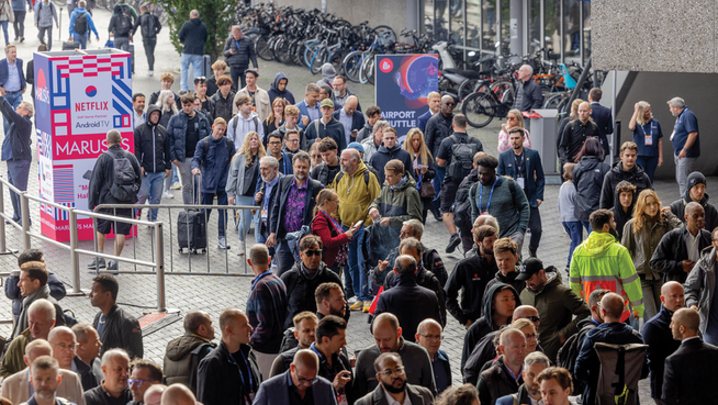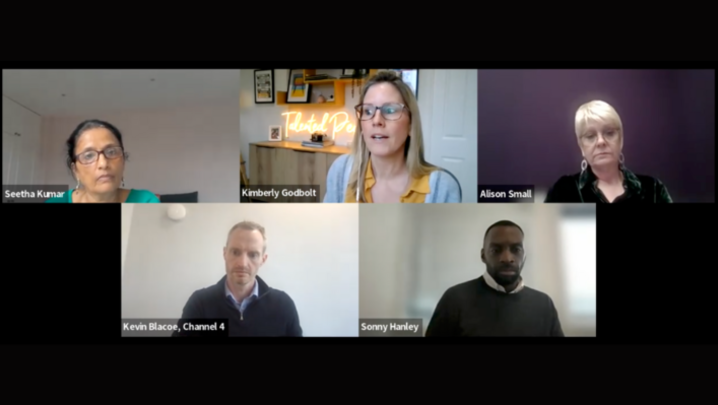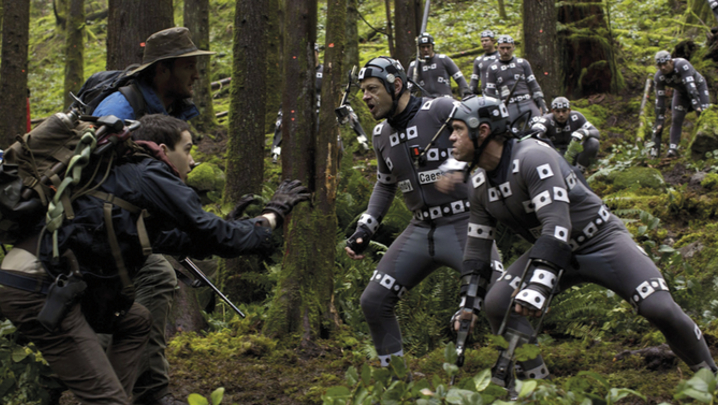IBC review 1: First-time IBC visitor Haydn Jones is wowed by the sheer scale of the event, but next time vows to bring sandwiches
"When it’s spring again, I’ll bring again, tulips from Amsterdam”, so the Max Bygraves hit goes. And what wondrous, lush, deep tulips they were. Vibrant in hue, tantalising in texture, delicate in definition.
I was like an explorer lost in this year’s IBC, its vast arrayed halls laid out like some modern tech remake of King Solomon’s mines.
With 1,887 exhibitors and 55,128 attendees from more than 170 countries, IBC is the media sector’s Glastonbury, minus the mud: a six-day festival, headlined by The Future of Media in an Age of Disruption, with support acts that included The Age of Mobile, Over the Top Comes of Age and Telcos Tune in to Broadcasting.
What a running order and what breadth. The combination of conference sessions and sprawling exhibition halls demanded adept time management, a map, and a good sense of direction.
Venue navigation was, however, compounded by the engineer in me, struggling to walk past any kind of new idea, technology or bright, red, flashing light. I found myself drawn, magpie-like, into everything from the brilliant ARRI cinematography sessions to the captivating 8K demonstrator on the NHK stand. All the while, I kept an eye on the airspace as the drones engaged in wild aerobatics.
For me, the slot from the manufacturers’ association, the IABM, “Where’s the money in broadcast media?”, set the backdrop. “It’s a dynamic time in our industry,” said Peter White, IABM CEO. White sketched a picture of a broadly flat market in terms of year-on-year sales, with some modest underlying growth.
Pressures on margins were cited as a prime concern, with a lack of skills and staff seen as a strong inhibitor for the industry. Investment was expected to be concentrated in technology, especially IP [internet protocol connectivity], with a majority view that software-defined networks would be a big part of the future.
“The transformation we are facing is fundamentally moving towards a software-defined workflow,” said panel member Lionel Lapras from HP. Steve Canepa of IBM went further, citing the need to create a more efficient digital factory.
"The industry is very scared of technology"
Later that day, writer Michael Dobbs offered his own perspective on how new platforms are changing the face of television.
“The viewer is now in control,” Dobbs declared boldly, adding: “The viewer can press the button and get what they want.” The grand-architect of House of Cards then delivered his most interesting observation: “The future is not feature film, it’s the new television.” While ubiquitous, television is all but an inevitability (think Periscope or Meerkat); film, surely, trumps everything when it comes to audience engagement. Where would we be without Casablanca, Breakfast at Tiffany’s and Some Like it Hot?
Audience engagement was also a central theme in the session on wearables, where a mind-blowing, if not terrifying, view of the future was presented. Here, a brave audience volunteer was subjected to a white-knuckle, immersive tightrope canyon walk, throughout which his vital signs were beamed on to the big screen. It didn’t take much to conclude he was frightened, his life-signs zig-zagging wildly as he tiptoed blindly across the stage.
When it comes to engagement, the ability to monitor audience biology in response to content takes the industry into new territory.
What was previously a subjective assessment based on the professional views of the director, producer and editor, now becomes a measurable parameter, taking us to a place where content can be modulated in sympathy with audience response.
The need to measure this was echoed in several other sessions. “Peoples’ expectations have shifted: the broadcasters need to do a better job of understanding what the audience wants,” said the BBC’s Matthew Postgate in the chief technology officers’ session.
It appears that measurement is a disaster at the moment; that’s why the consumer expects content to be free. Is a lack of data driving an almost random and Darwinian evolutionary approach to finding the next Breaking Bad?
Microsoft’s Tony Emerson, Managing Director for Worldwide Media & Cable, lent some weight to this view during the discussion on IP and the Cloud. He said: “Predicting the future is nigh on impossible and puts us in the realm of experimentation.”
This is an industry that is tiptoeing into the next big thing, but there are lots of tip-toes, some of which are bigger than others.
By far the most exquisite session was the Saturday matinee with ARRI, to profile its Alexa camera range. The audience sat in awe as Jo Willems ASC shared his experience of making The Hunger Games films.
He was followed by Visual Effects Supervisor Jake Morrison discussing his work on Ant-Man. We also had a session on Downton Abbey with Director Michael Engler and First Assistant Camera Operator Milos Moore, discussing their use of the Alexa on set.
This was all virgin territory for me. I sat guiltily in the realisation that, after so many years enjoying film, I’d never once thought to get closer to the craft, people or machinery that makes it all happen. The next day I made a beeline for the ARRI stand to make my apologies.
Saturday evening involved a steak, in town, just off Rembrandtplein. Not the greatest steak, but a steak nonetheless. I needed food. The problem with IBC is that, with so much going on, there isn’t much of an opportunity to eat. Next time I will take sandwiches.
By Sunday, with my Amsterdam adventure coming to an end, I was searching for a narrative to tie all of this together. The holy grail has to be end-to-end platform digital interoperability, from lens to screen, with software becoming the only tool.
Such a transition has the effect of dissolving the different platform boundaries. Over an English cup of tea, and proper biscuits, this view was endorsed by Colin Judge, Director and co-owner of IPE Systems, one of the UK’s leading broadcast systems integration companies.
He said: “The reality is that we are dealing with two worlds here – the traditional linear [model] and the new order, where everything will be software defined.”
The shift from old to new is further complicated by the market segmentation between the vertically integrated, do-it-all broadcasters (including telcos) and the host of specialist players who provide facilities and services.
Sharing this view with Sadie Groom, Managing Director of Bubble & Squeak, the marketing and events agency, she struck a note of caution, saying: “The industry is very scared of technology.”
The extravagance of IBC puts the challenges of the sector in sharp relief. At one level, the future is all about the technology, at another it’s about disaggregated content and specialised services – that’s obvious from the number of exhibitors.
While it is still all about content, wearables and analytics must be paving the way for reflexive content, where plot lines change to mirror your body chemistry. Content on steroids, if you like. Enhanced content specificity would then drive targeted engagement, potentially towards content-as-a-service.
But, as it stands, there is too much choice at every level of the stack. While the industry must retain traditional production values, the buyer must become more discriminating in shaping where the supply chain is going.
So, although IBC is a treasure trove, it suffers from the absence of a connecting golden thread – or large rope, for that matter – to tug on every now and again and explain what’s going on. Nonetheless, it was fabulous in its extravagance, and there were even tulips. And what beautiful tulips they were.
Haydn Jones is an Account Managing Director focused on the media sector, operating out of Fujitsu’s London office, and is a Fellow of the IET.





